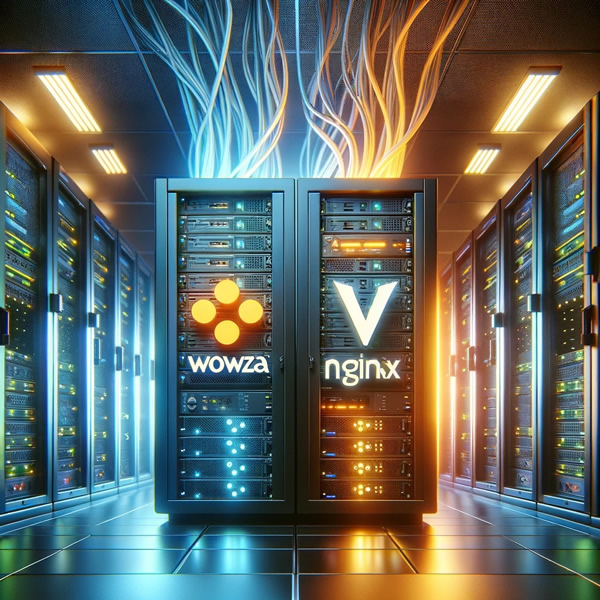Even as cloud streaming evolves, dedicated RTMP servers remain the backbone of professional broadcasting. When performance and control matter most, nothing beats a server fully optimized for real-time video delivery.
Unlike shared systems, a dedicated RTMP hosting environment allows total bandwidth allocation for your live streams, ensuring consistent bitrate and no throttling during peak hours. Many broadcasters running 24/7 TV automation or religious channels still prefer dedicated servers for stability.
Our partner RTMP-Server.com continues to offer affordable dedicated RTMP plans with unlimited bandwidth and Wowza-powered reliability. For smaller projects, RTMPHosting.com provides shared solutions to start streaming instantly.
External link: OBSProject.com – learn how to configure your encoder.
The Control and Customization Advantage
Beyond mere stability and dedicated bandwidth, the true power of a dedicated RTMP server lies in the unparalleled control it offers over the entire streaming stack. Broadcasters can fine-tune every parameter, from latency settings to security protocols and custom transcoding profiles. This level of customization is crucial for high-stakes events or niche applications where a generic cloud solution simply won’t suffice. For example, integrating proprietary authentication systems or building highly specific failover redundancies is far simpler and more robust on a dedicated, owned, or fully managed server instance. This granular control is a key differentiator that cloud providers, by their very nature of shared infrastructure, struggle to match.
Addressing the Latency Challenge
In the world of live video, especially for applications like live sports betting, auctions, or interactive talk shows, low latency isn’t just a feature—it’s a requirement. Dedicated RTMP servers, often sitting closer to the point of ingest or optimized for a minimal hop count, inherently allow for lower end-to-end latency compared to multi-tenant cloud platforms that must route and process streams through complex, generalized CDN networks. While modern protocols like WebRTC and low-latency HLS are making headway, the established, optimized RTMP pipeline on a dedicated server remains a highly reliable way to achieve sub-two-second glass-to-glass delay, making it the preferred choice for truly real-time experiences.
A Reliable Investment for the Future
While the industry continues its slow migration toward newer streaming standards, RTMP is not going away anytime soon—it remains the dominant ingest protocol for the vast majority of professional encoders, including the omnipresent OBS Studio mentioned above. Investing in a dedicated RTMP server in 2025 isn’t a backward step; it’s a strategic move to ensure future-proof compatibility with existing hardware and software while retaining the ability to distribute your stream to any number of modern CDNs (like Akamai, Cloudflare, or even major social platforms) which can take the RTMP stream and convert it to HLS, DASH, or others. It provides a stable, high-performance “single source of truth” for your most critical live video content.




